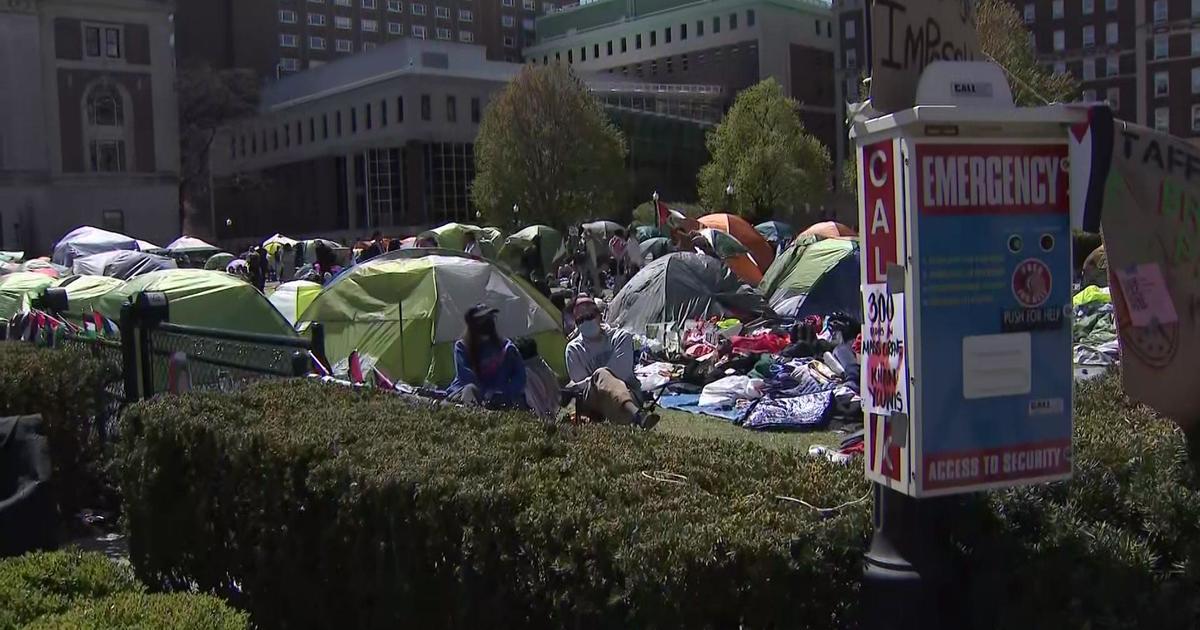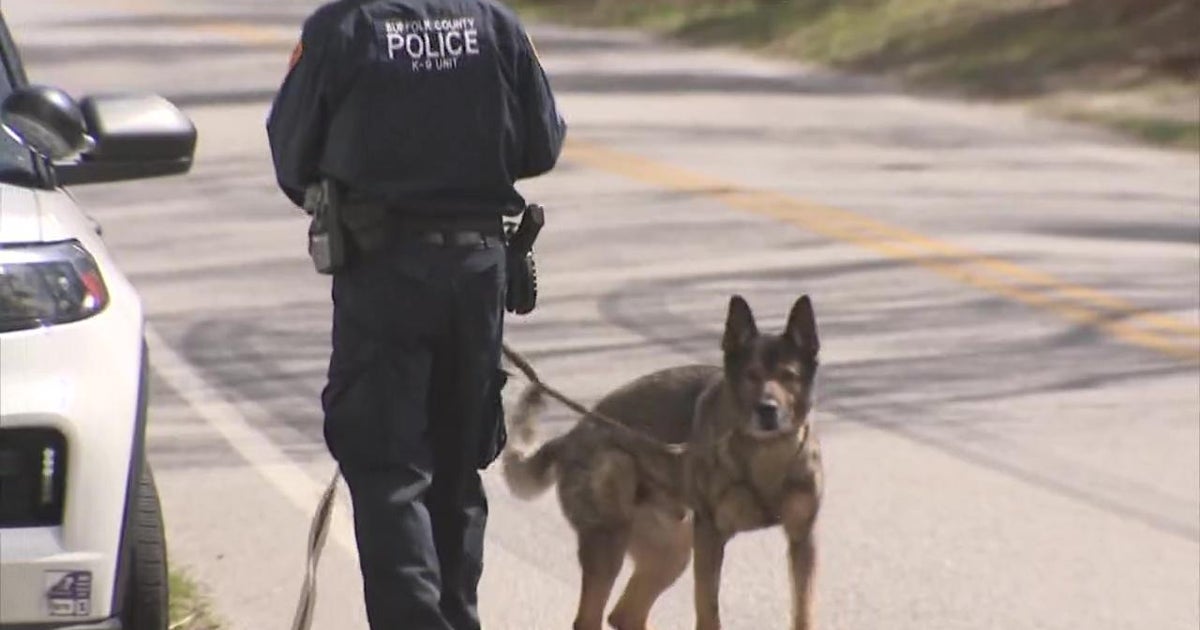Metro-North Installing Safety Devices On Railroad In Wake Of Track Foreman's Death
NEW HAVEN, Conn. (CBSNewYork/AP) -- U.S. Sen. Richard Blumenthal says Metro-North Railroad will implement a pilot program to install devices that provide extra protection to workers after a track foreman was struck and killed by a train.
The Connecticut Democrat said Friday that Metro-North will install shunts on portions of its New Haven line within the next four weeks which work crews can attach to rails in a work zone to alert controllers and gives approaching trains a stop signal.
Metro-North Installing Safety Devices On Railroad
"A shunt will warn trains or block them from coming over tracks where workers may be in danger," Blumenthal told WCBS 880's Peter Haskell. "This very significant step by the MTA will help save lives."
Robert Luden, a 52-year-old track foreman, was struck and killed May 28 by a Metro-North passenger train at a station under construction in West Haven, Conn.
The National Transportation Safety Board, which is still investigating the accident, said Luden had requested the track section be taken out of service for maintenance.
The section was taken out of service, but the NTSB said it was placed back in service too soon by a student traffic controller who didn't have the required approval.
On Monday, the NTSB urgently recommended that Metro-North provide backup protection such as shunts for track maintenance crews who now depend on train dispatchers.
EXTRA: Click Here To Read The NTSB's Full Safety Recommendation
"The procedures currently in place are ineffective," NTSB Chairman Deborah Hersman said in a statement. "Metro-North can take immediate action to ensure the safety of work crews on their tracks. Shunting tracks is simple, feasible and readily available."
Blumenthal said each device costs only about $200 and likely could have prevented Luden's death.
In a letter Friday to Blumenthal, Metro-North President Howard Permut said the devices must be carefully implemented. The pilot program will be done on a part of the line that does not have third rail, he wrote, citing safety risks.
"There is an inherent danger that power from the third rail would inadvertently be routed through the shunting device, creating a different danger to the roadway worker,'' he wrote. "There is also a significant concern that revolves around applying and removing the shunt; if the employee does not follow correct procedures, the potential risk of catastrophic injury from electrical burns is extremely high.''
Metro-North has undertaken a complete review of its operating and safety programs since the fatality and a train derailment on May 17 in Bridgeport that injured more than 70 people, Permut said.
He said the railroad has taken several steps, including retaining the research affiliate of the American Association of Railroads to assess track maintenance and inspection programs, inspected all rail joints that were similar to the one in the area of the derailment and increased inspections using specialized equipment borrowed from other railroads.
Metro-North said it also has implemented more checks and balances at its operations control center after the foreman was killed.
Check Out These Other Stories From CBSNewYork.com:
(TM and © Copyright 2013 CBS Radio Inc. and its relevant subsidiaries. CBS RADIO and EYE Logo TM and Copyright 2013 CBS Broadcasting Inc. Used under license. All Rights Reserved. This material may not be published, broadcast, rewritten, or redistributed. The Associated Press contributed to this report.)



